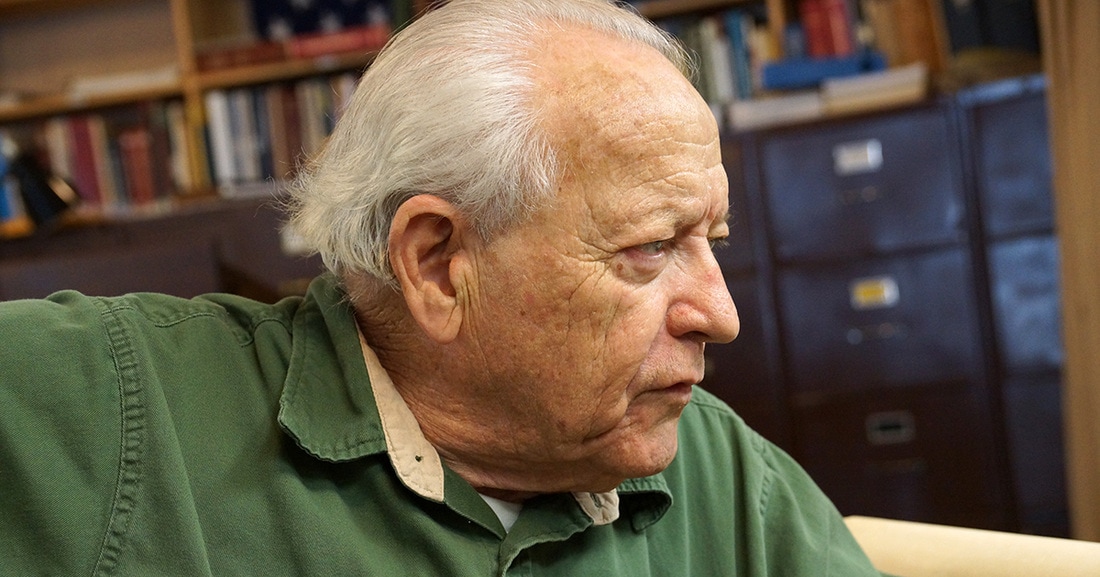Discovered History
A Hancock County database aims to assist in search for enslaved ancestors — excerpts from the introduction to the slave database, a work in progress on historian Russ Guerin’s website.
— By Russ Guerin, with intro by Ana Balka
We encourage you to browse Russ’s entire site. The years that Russ has put into research and writing on Hancock County and Gulf Coast history are reflected in the dozens of pages and thousands of words you will find there. Thank you, Russ, for letting us reprint these selections on the slave database.
I. Slave Data Base – Hancock County, MS
by Russell Guerin
Over recent years, I have had a number of inquiries, both in person and online, by folks looking into their Hancock County forebears. Even though my website is not a genealogical oriented source, it has been fruitful to a number of people whose ancestry includes African-American lineages.
One example of success involved a professor at an eastern university who was able to identify her ancestor as having been one of the “servants” at the Sea Song plantation in Waveland, described in my article a couple of years ago. The mention of names has sometimes been included in those articles where slaves are listed in official documents such as land deeds and probate records. In the case of the example above, the source of names was in family letters. Making identification difficult is the fact that slaves were referred to by first names only, as though they had never been part of families. It is commonly known that former slaves, when freed, often took the names of their previous masters. It may be that tracing of ancestors could be substantially helped by knowing the last names of those who had held others in bondage. (Click here to read more and to see the database in-progress).
Slave Data Base – some observations
by Russell Guerin
Almost all slave mentions studied from original documents in Hancock County, Mississippi show only one name — neither first nor last, simply one. The acquisition of last names by freed slaves was an important post Civil War transition. Whether there was an official program of renaming, or whether and when choices were made and recorded, has not been found. Still, it can be observed that the changes took form in patterns.
The source of information for these observations was for the most part the census of 1870, and to a lesser degree, the census of 1880. While a presumption is made that those listed under “Race” are former slaves, it should be considered that there were no longer any identifications as “Free Persons of Color.” Names and descriptions assembled from early slave-day documents such as estate inventories and property transfers were then compared to census data. Surnames Chosen after Emancipation As was common in other areas, in Hancock County a common choice was to assume the name of a former owner. However, it has not always been possible to relate the chosen surname to a former slave’s own owner. Some of the more prominent slave owner/dealers were the following: Carver, Cowand, Johnson, Favre Amaker, Claiborne, DeBlieux, Fayard, Casanova, Cuevas, Johnston, Benois, Mitchell, Bell, Poitevent, Mitchell, Russ, Carroll, Otis, Daniels, Brown, Jordan, Dawsey, Peterson, Peters, Henry, Nicaise, Wheat, Wingate, Farr, Bird, Varnado. Another obvious choice for some was to take the name of an important person, such as Jefferson, Jackson, Washington. Even the name Lee shows up in Hancock, though it is doubtful that the former commander of the Army of Northern Virginia was the person in mind. There were also odd names, chosen perhaps for their potential symbolism: Worship, Mars, Whig, King, Christmas, President, and Absalom. A pattern that arose to the surprise of this writer but seems to stand up to investigation was the choice of transforming the former slave name to that of the surname, which then allowed for an assumption of a new first name. Those slave names that became last names that can be clearly demonstrated were Sam, Isaac, John, Moses, Monday, Martha, and Henry. Comments are closed.
|
Categories
All
Archives
July 2024
|
Shoofly Magazine Partners
Our Shoofly Partners are local businesses and organizations who share our mission to enrich community life in Bay St. Louis, Waveland, Diamondhead and Pass Christian. These are limited in number to maximize visibility. Email us now to become a Shoofly Partner!




























 RSS Feed
RSS Feed























